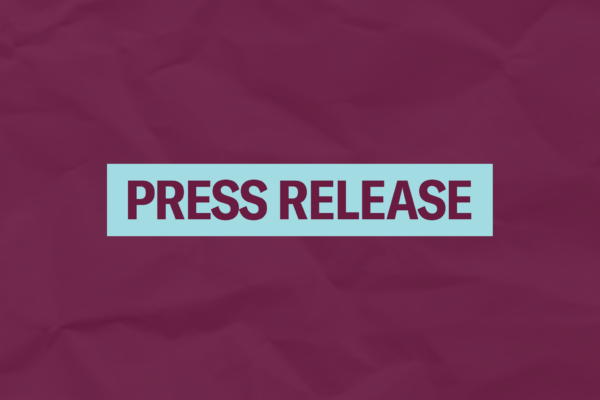The American Civil Liberties Union (ACLU) of Wisconsin released a new comprehensive toolkit today outlining how students, teachers, and parents can exercise their rights and effectively advocate for safer, more inclusive public schools.
The toolkit – called a Guide to Advocating For Your Civil Rights and Liberties in Wisconsin Schools – addresses various issues that have become increasingly pertinent in Wisconsin schools. It aims to inform students, parents, and faculty about their rights in schools. It provides information about harassment and discrimination, pronoun and name usage, bathrooms at school, book bans, extracurricular activities, school board advocacy, and the mechanics of school governance and policy making.
The ACLU intends for this toolkit to serve as a resource of students, parents, and teachers to protect and advance civil liberties in public schools throughout Wisconsin.
“The ACLU of Wisconsin believes that every student has the fundamental right to a safe, inclusive, and enriching learning environment. However, school districts across the state are facing challenges and constrict civil liberties in school and pose a significant threat to this ideal, such as book banning, discrimination, harassment, and censorship. This guide aims to empower students, parents, and teachers about their legal rights and protections in public schools, providing practical tools to advocate effectively for themselves and foster a school environment where every individual can thrive,” the guide states.
Some key topics highlighted in the toolkit include:
- First Amendment protections at school, including students’ rights to protest and use social media and the rights of student journalists
- Rights of students and staff to use pronouns, names and bathrooms consistent with their gender identity
- What students, teachers and parents can do to respond to, report and combat bullying and harassment
- How students, teachers and parents can fight against book bans and classroom censorship
- A review of school governance, describing how school boards work, how decisions are made and who makes them.
Stay Informed
Sign up to be the first to hear about how to take action.
By completing this form, I agree to receive occasional emails per the terms of the ACLU’s privacy statement.
By completing this form, I agree to receive occasional emails per the terms of the ACLU’s privacy statement.

